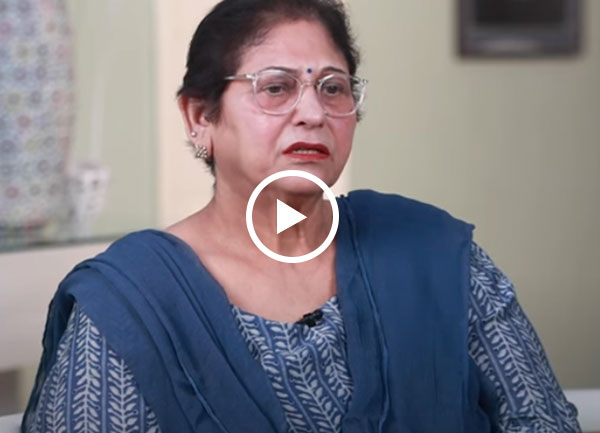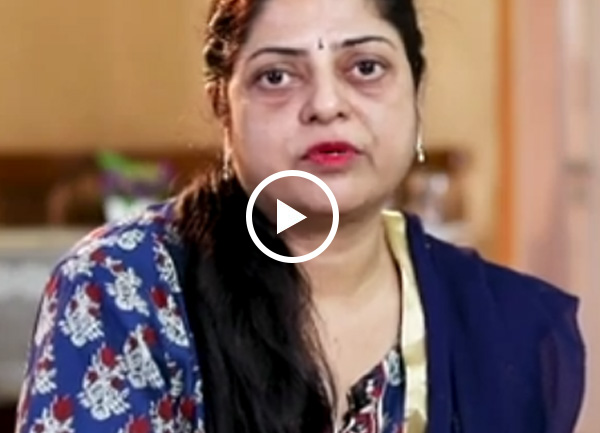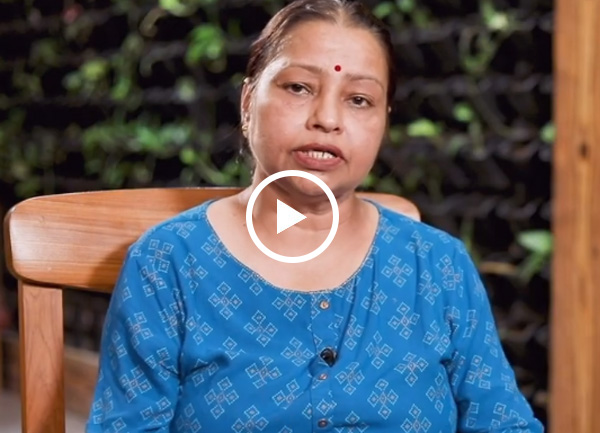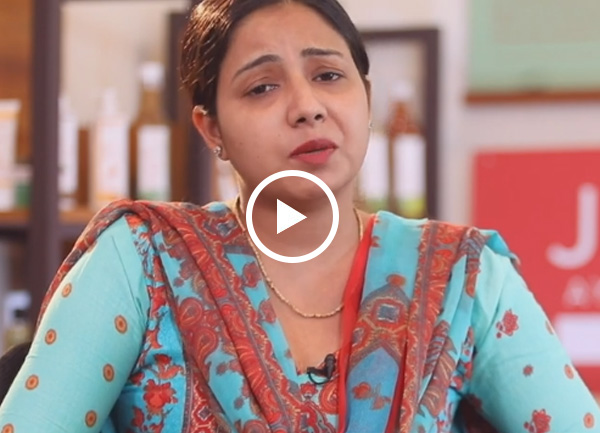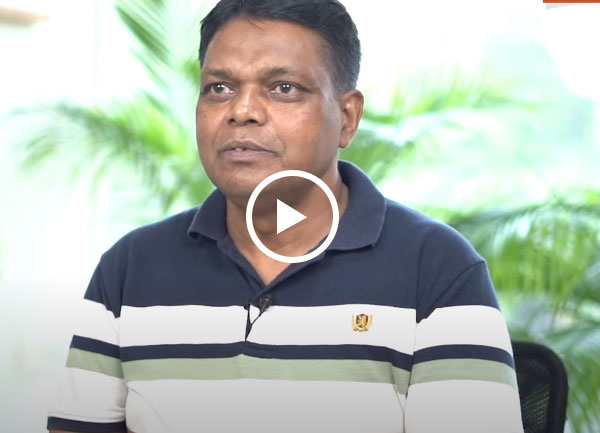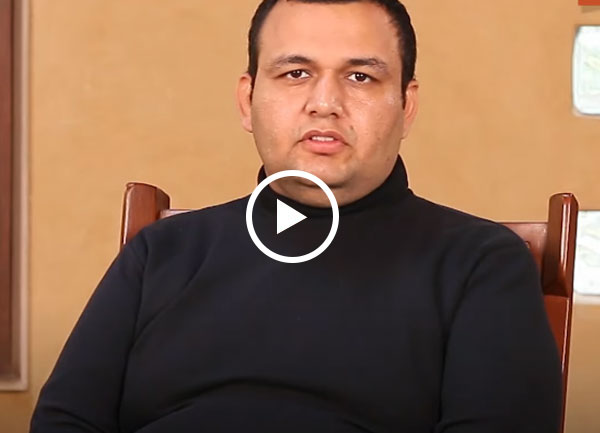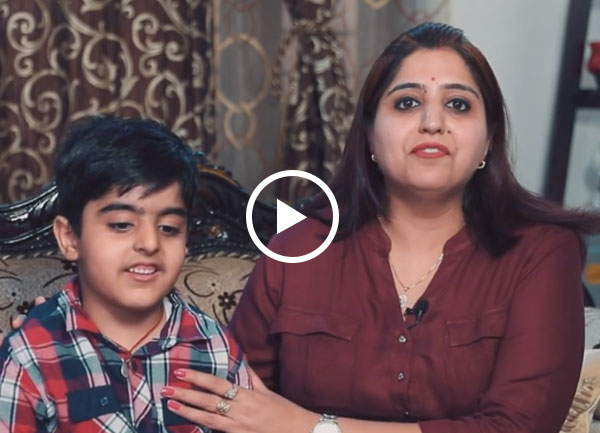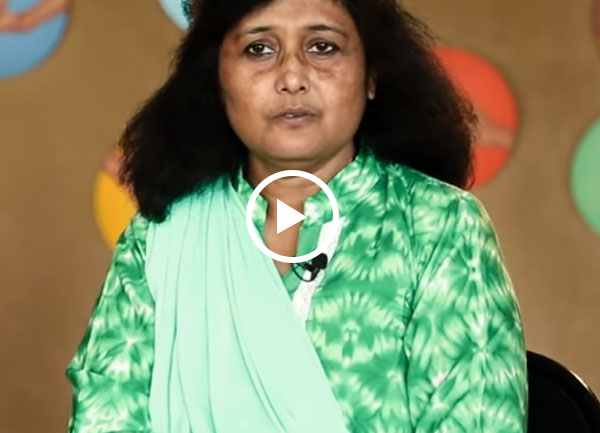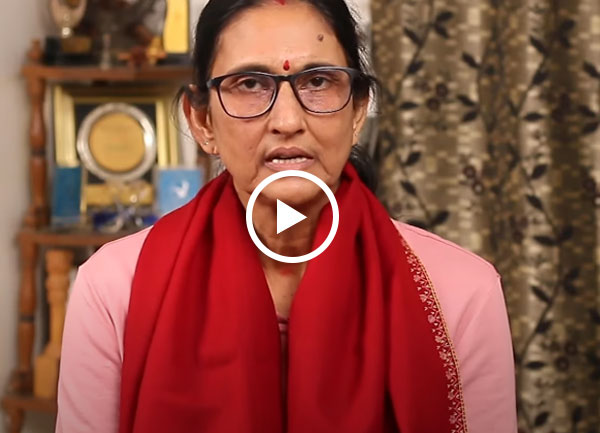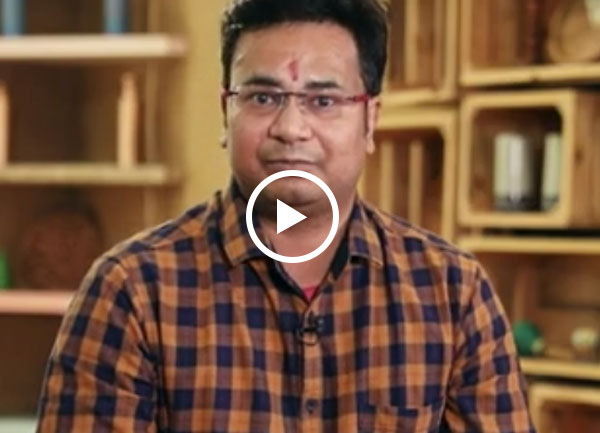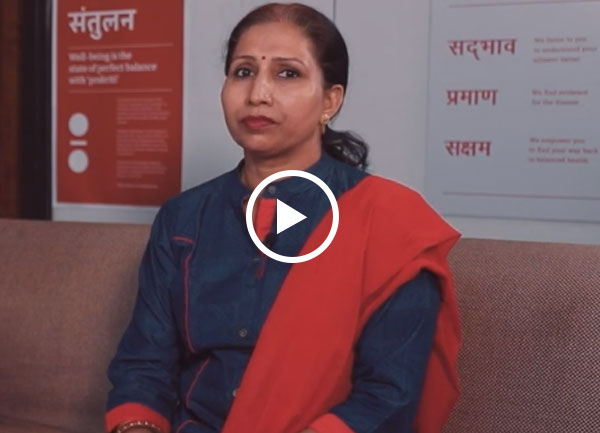

Successful Treatments
Clinics
Doctors
Ayurvedic Medicine For Arthritis
Have you ever stopped mid-stride, or during the night, letting your fingers rest, and noticed the subtle yet persistent ache or stiffness in your joints? That whisper in your body — a sign that the smooth glide of movement is no longer so smooth — is often the hallmark of arthritis. Not just a word doctors use, but a lived experience of discomfort, altered habits, and the yearning for ease.
Today we’ll walk together through what arthritis is, why it happens, and how the time-honoured wisdom of Ayurveda — especially via Jiva Ayurveda’s holistic model — offers not just short-term relief, but an invitation to deeper movement, comfort, and balance.
What Is Arthritis?
At its simplest, arthritis means joint inflammation (“arthro” = joint, “itis” = inflammation). Yet that description only scratches the surface. Arthritis may manifest as pain, swelling, stiffness (especially in the morning or after rest), reduced range of motion, and sometimes even joint deformity in advanced cases.
From an Ayurvedic point of view, this is more than mechanical “wear and tear.” Ayurveda sees three major players: the doshas (Vata, Pitta, Kapha), the digestive fire (Agni), and toxins (Ama) that linger when digestion or elimination falter. In many arthritis cases, particularly those with cold, dry stiffness or dragging discomfort, Vata is said to be aggravated; if swelling, heaviness, and stagnation dominate, Kapha and Ama may also be involved.
Let’s look at how arthritis shows up:
- Pain and tenderness in one or more joints — wrists, knees, hips, fingers, spine.
- Stiffness, especially on waking up or after sitting for a long time.
- Swelling, redness, or warmth around the joint in inflammatory types.
- Decreased mobility — you may notice, “I can’t bend as much,” or “stairs are harder.”
- Chronic progression — left unchecked, the joint surfaces may degrade, ligaments weaken, and function declines.
Arthritis isn’t one disease. You have many sub-types: Osteoarthritis (wear-and-tear type), Rheumatoid Arthritis (autoimmune), Gout (uric-acid deposition), and others like psoriatic arthritis. Ayurveda classifies some under the broad label of “Amavata” when toxins (Ama) settle in joints.
Why The Joints Act Up: Triggers & Root Causes
Think of your joints as finely tuned hinges lubricated, supported, and kept in motion by your body’s internal systems. When any of those systems falter, you feel the effect.
The Ayurvedic breakdown
- Vata imbalance: In Ayurveda, Vata governs movement, dryness, and emptiness. When Vata rises (due to cold, dryness, skipping meals, or an irregular routine), joints become dry, stiff, and “creaky”.
- Ama (toxins) accumulate when digestion is weak and elimination is sluggish. These toxins lodge in tissues and joints, causing heaviness, swelling, and pain.
- Kapha involvement: When swelling, heaviness, fluid retention happen (especially in degenerative or “wear and tear” arthritis), Kapha & Ama may be players.
- Lack of nourishment/support to the joint tissues: Cartilage, synovial fluid, bone, and ligaments all need good nutrition, movement, and fluids. If they’re deprived, degeneration begins. In OA, cartilage wears away.
- Lifestyle factors: Sedentary habits, poor posture, previous injuries, overweight, repeated joint stress, and wrong diet (cold, dry, raw foods when the body needs warmth) all contribute.
- Diet-digestion mismatch: In Ayurveda, weak agni (digestive fire) means poorer assimilation of nutrients, more toxins, and more joint stress. Also, stress, erratic sleep, and weather (cold and damp) aggravate Vata.
Understanding these triggers means you don’t just treat pain—you begin to address the deeper imbalance.
The Ayurvedic Roadmap: How Jiva Ayurveda Approaches Arthritis
Jiva Ayurveda’s method is that it doesn’t just throw a pill at the joint and move on. Their model is holistic: find the root, customise the remedy, align diet, lifestyle, and body therapies. Jiva’s treatment plans are made in a customised way to target the root causes instead of just treating symptoms; they focus on complete healing, balance, and stability. Here are the key pillars in their roadmap:
- Deep diagnosis and personalised plan: Jiva emphasises pulse diagnosis (Nadi Pariksha), assessing your Prakriti (constitution), your lifestyle, diet, joint & tissue condition. They look at the “pathogenesis” (Samprapti) of your arthritis.
- Herbal medicines and formulations: Rather than simply suppressing pain, these medicines aim to lower inflammation, clear Ama, balance Vata/Kapha, and nourish tissues. Some herbs specifically mentioned: Guggulu, Ashwagandha, Shallaki (Boswellia), Turmeric.
- External therapies & Panchakarma: Massage, medicated oils, fomentation, special joint therapies like Janu Basti (oil held on knee), Kati Basti, warm treatments: these help release Vata, reduce stiffness, and improve lubrication of joints.
- Diet & lifestyle adjustments: Warm, moist, cooked meals are better than cold, raw, dry foods for Vata-dominant conditions. Regular schedule, bowel/elimination support, moderate exercise, yoga & mindful breathing: these form the lifestyle backbone.
- Ongoing monitoring & maintenance: Arthritis is often chronic: Jiva’s model emphasises continuous monitoring, adjusting medicines or therapies, sustaining gains rather than just one-time fixes.
Bringing It Home: Step-by-Step Practical Guide
Alright, let’s get practical. If you’re experiencing joint discomfort, stiffness, or early arthritis signs — here’s how you might put an Ayurvedic approach into motion. As always, consult your doctor / Ayurvedic practitioner before making major changes.
Step 1 – Recognise your pattern
- Note which joints hurt, when (morning? after rest?).
- Is the pain better/worse with movement? Are you stiffer than before?
- How’s your digestion? Gas, bloating, irregular stool, low appetite?
- What’s your diet like: whole cooked meals vs processed, raw, cold foods?
- How’s your sleep, stress, and routine? Are you following fixed times?
Answering these gives you clues: “My Vata is high,” or “I have Ama heaviness,” or “I have wear-and-tear (OA)”.
Step 2 – Dietary & lifestyle shifts
- Begin each morning with a warm glass of water (or warm drink) to awaken digestion.
- Use cooked, warm, moist foods: soups, stews, well-cooked veggies, whole grains. Avoid too much cold raw salad if you’re Vata-dominant and stiff.
- Have small amounts of healthy oils: e.g., a teaspoon of ghee or warm sesame oil in cooking. These support the lubrication of joints.
- Walk regularly because movement lubricates joints, stimulates circulation, and helps fluid exchange in joint spaces.
- Use gentle stretching or yoga for joint mobility. Avoid heavy, high-impact joint loads if you’re already in pain.
- Evening routine: avoid late heavy meals; keep regular sleep time; soften your joints via a warm bath or a gentle massage.
- Consider topical warm fomentation: e.g., warm compress or medicated oil on stiff joints. (Jiva mentions therapies like Janu Basti, etc.)
Step 3 – Herbal & remedial support
Under guidance:
- Consider herbal formulations that reduce inflammation & support joints — Guggulu, Shallaki (Boswellia), Ashwagandha, Turmeric are well-known.
- Localised oil massage: Warm herbal oil on the joint, and gentle movement after the massage helps.
- Clean up your diet as above so that the herbs “land” well. If you take strong anti-inflammatories, talk to your practitioner about interactions.
- If you have swelling, morning stiffness, signs of Ama, detox approaches such as gentle Panchakarma may be advised in serious cases (as Jiva notes).
Step 4 – Monitor & adjust
- After 3-4 weeks of consistent changes, check: is morning stiffness reduced? Are you moving more freely? Is pain less frequent?
- If yes, you continue and perhaps scale back heavy therapies; if no, you might strengthen the regime (increase warm oil massage, intensify movement but carefully, revisit diagnosis).
- Keep a journal of joint condition, diet, sleep, stress — arthritis flares often correlate with cold weather, stress spikes, skipped meals.
- Stay consistent: Ayurveda builds gradually. Sudden leaps don’t help; steady improvement is key.
Real-Life Metaphor: The Rusty Hinge
Think of your joint like a door hinge that was once smooth and whisper-quiet. Over time, if the door is exposed to water, not lubricated, gets used erratically, installed in a cold, damp place, that hinge will begin to squeak, stick, and feel rough. Eventually, it may wobble, the screws loosen, and the door drags.
Arthritis is like that hinge. The cartilage, lubrication, fluid, and bone surfaces — they all demand care. Ayurveda helps remove the “rust” (toxins), restore lubrication (oil/movement), warm the environment (proper diet/lifestyle), and maintain regular use (movement) so the hinge moves freely again.
Why This Approach Is More Than Just “Painkillers”
You may have tried pain pills, quick fixes, the moment you feel stiffness — and that’s understandable. But what often happens is: the pills work temporarily, but the joint still degrades gradually. You might suppress pain, but the deeper cause remains: Vata imbalance, Ama accumulation, weak joint nutrition.
The Ayurvedic route does something more:
- Attacks the root cause (Ama, Vata, poor tissue nutrition), not just the symptom.
- Uses natural herbs + therapies + lifestyle, so side effects of heavy long-term painkillers may be reduced.
- Builds for long-term movement freedom rather than short bursts of relief.
- Empowers you: dietary changes, movement habits, self-care, rather than “take a pill and forget”.
In short, you reclaim not just joint pain relief, but improved mobility, better quality of life, and more freedom.
Final Thoughts
Living with arthritis doesn’t mean you surrender to stiffness, pain, and limited movement. The path isn’t about convincing the joint to cooperate only when you pop a pill—it’s about inviting the joint, the body, the lifestyle to align. The Ayurvedic approach (and Jiva Ayurveda’s model) gives you that invitation.
Think of your body as an orchestra: when one instrument (your joint/hinge) is out of tune, the whole symphony suffers. Bringing it back into rhythm doesn’t require an overhaul—it requires care, gentle correction, consistent practice, and mindful allies (herbs, oils, movement, diet). Do that, and you reclaim not just your joint but your life’s movement.
FAQs- Answered
- Can Ayurveda cure arthritis completely?
A. It depends on the type and stage. For degenerative types (OA), full reversal may be difficult, but progression can be slowed significantly and quality of life improved. For autoimmune types (RA), Ayurveda may help manage symptoms, reduce dependency on heavy medications, but one must move carefully with supervising doctors. - How fast will I see improvement?
A. That depends on how long the condition has been, and how consistent you are with therapy, diet, and lifestyle. Some small improvement may show within a few weeks. A larger change may need 3-6 months or more of consistent action. - Are there foods I should definitely avoid?
A. Yes. While Ayurveda emphasises what to include, it also suggests avoiding cold raw foods (if you are Vata dominant and joints are stiff), excessive processed foods, heavy fried foods, skipping meals, irregular routine—all these aggravate Vata and hamper joint health. - What if I already have a joint replacement or serious degeneration?
A. Even then, Ayurveda can help maintain remaining joint health, reduce pain, improve movement, and support better integration of the prosthesis. But you must coordinate with your orthopedic surgeon and your Ayurvedic doctor for combined care.
Our Happy Patients
Disease
- Ayurvedic Treatment for Obesity
- Ayurvedic Treatment for Migraine
- Ayurvedic Treatment for Heat Stroke
- Get Ayurvedic Treatment for Paralysis
- Ayurvedic Treatment for Mastitis
- Ayurvedic Treatment for Gangrene Foot
- Ayurvedic Treatment for Granuloma
- Ayurvedic Treatment for Amyloidosis
- Ayurvedic Treatment for Thrombocytopenia
- Ayurvedic Treatment for Dengue
- Ayurvedic Treatment for Measles
- Ayurvedic Treatment for Fistula in Ano
- Ayurvedic Treatment for Malaria
- Ayurvedic Treatment for Plantar Fasciitis
- Ayurvedic Treatment for Chikungunya
- Ayurvedic Treatment for Sepsis
- Ayurvedic Treatment for Addison's Disease
- Get Ayurvedic Treatment for Eye Floaters
- Ayurvedic Treatment for Eye Flu
- Ayurvedic Treatment for Herpes
- Get Ayurvedic Treatment For Teeth Cavities
- Get Ayurvedic Treatment for Tooth Pain
Latest Blogs
- Get An Effective Ayurvedic Treatment For Gastritis
- The Complete Guide to Ayurvedic Detox: Tips, Techniques, and Benefits
- Ayurvedic Hair Growth Secrets Revealed
- Tired of Dull Skin? Try These 5 Ayurvedic Hacks
- Can Ayurveda Reverse Your Diabetes?
- Accelerate Your Dengue Recovery with Ayurveda
- 5 Little Known Facts About Ayurvedic Therapies
- 5 Ayurvedic Secrets for Healthy & Shiny Hair
- Get Ayurvedic Treatment for Fatty Liver
- Get Ayurvedic Treatment for Eyes
- Get Ayurvedic Treatment for Kidney Stones
- How to get rid of a sinus headache with Ayurveda?
- How To Cure Scalp Psoriasis With Ayurveda?
- Migraine Treatment In Ayurveda
- Get Ayurvedic Treatment for Obesity
- When To Worry About Varicose Veins?
- 10 Effective Ways To Get Rid of Piles
- How To Cure PCOS and PCOD Naturally?
- Get Ayurvedic Treatment For PCOS
- Get Relief From Back Pain With Ayurvedic Treatment
Ayurvedic Doctor In Top Cities
- Ayurvedic Doctors in Bangalore
- Ayurvedic Doctors in Pune
- Ayurvedic Doctors in Delhi
- Ayurvedic Doctors in Hyderabad
- Ayurvedic Doctors in Indore
- Ayurvedic Doctors in Mumbai
- Ayurvedic Doctors in Lucknow
- Ayurvedic Doctors in Kolkata
- Ayurvedic Doctors in Patna
- Ayurvedic Doctors in Vadodara
- Ayurvedic Doctors in Ahmedabad
- Ayurvedic Doctors in Chandigarh
- Ayurvedic Doctors in Gurugaon
- Ayurvedic Doctors in Jaipur
- Ayurvedic Doctors in Kanpur
- Ayurvedic Doctors in Noida
- Ayurvedic Doctors in Ranchi
- Ayurvedic Doctors in Bhopal
- Ayurvedic Doctors in Ludhiana
- Ayurvedic Doctors in Dehradun

